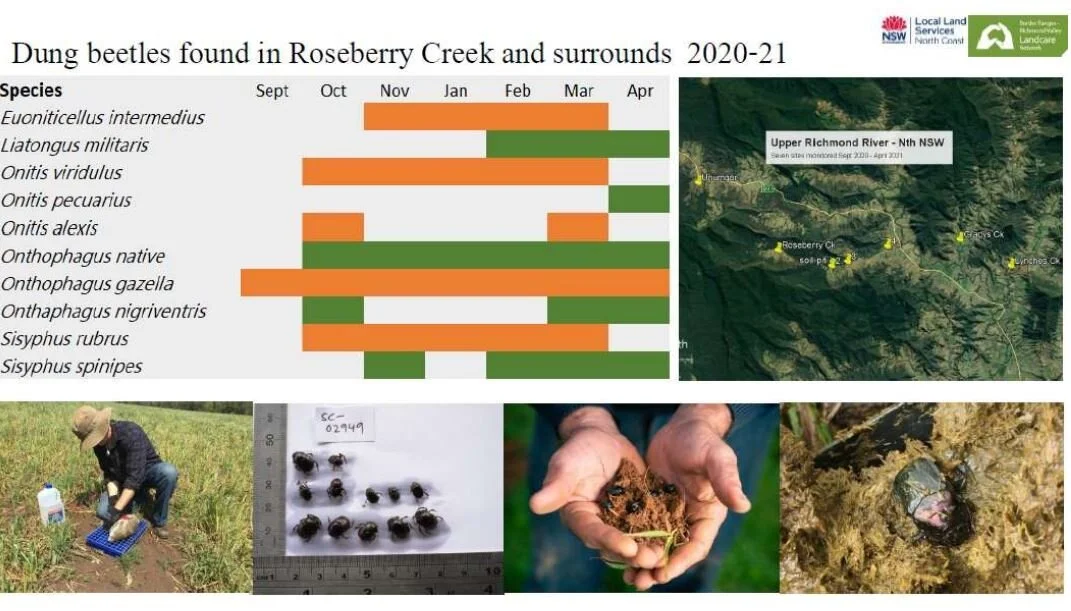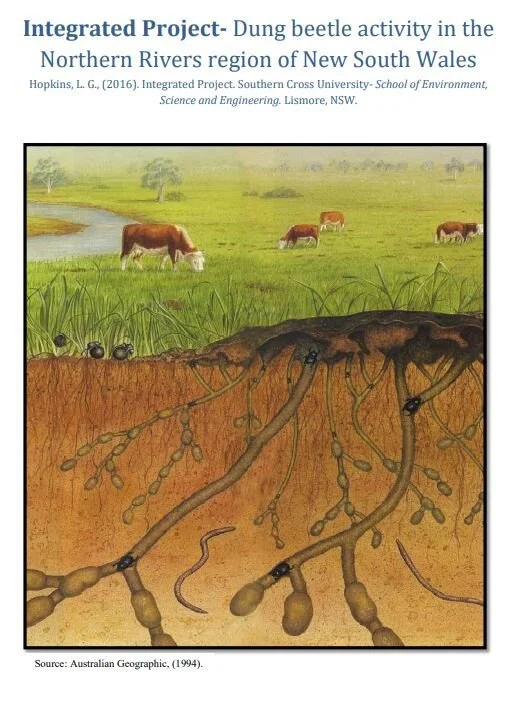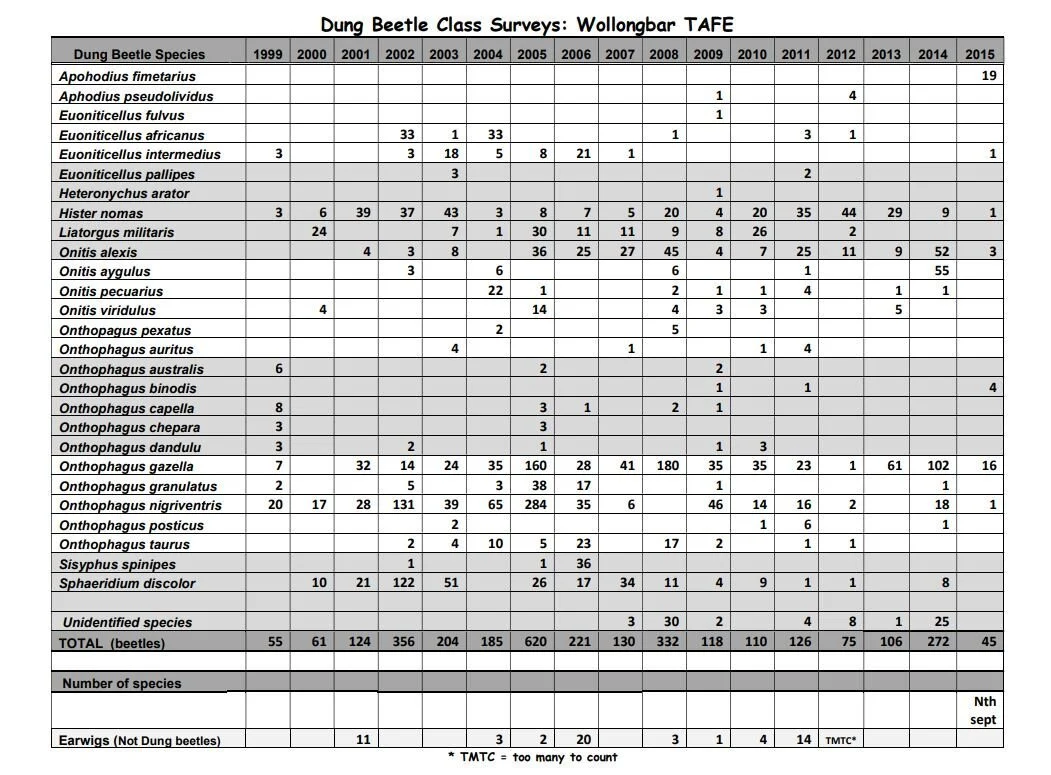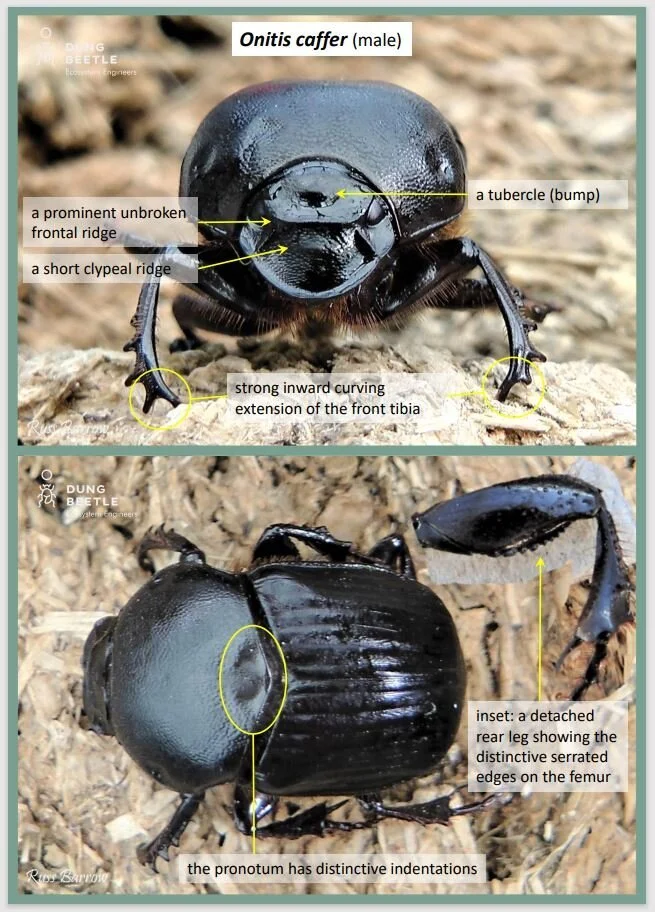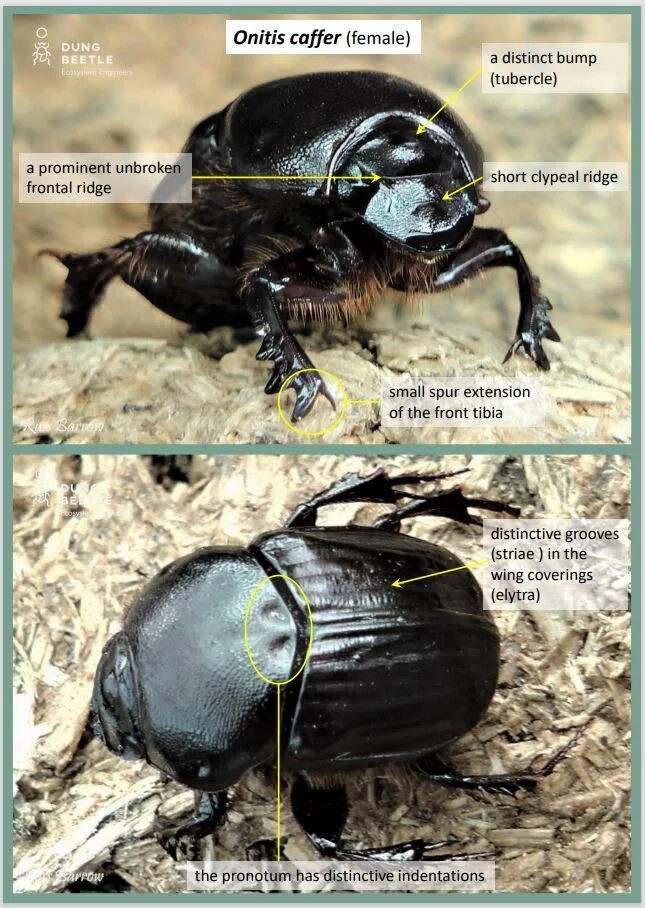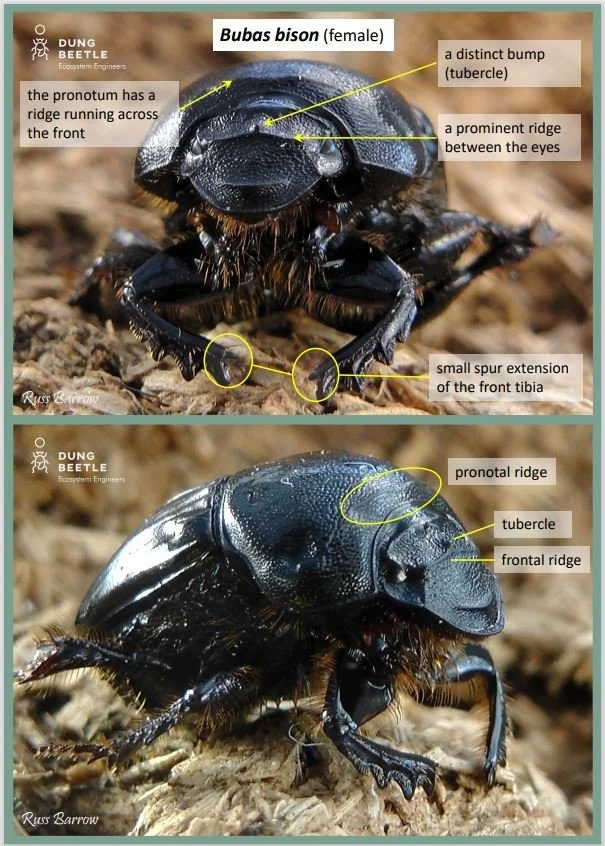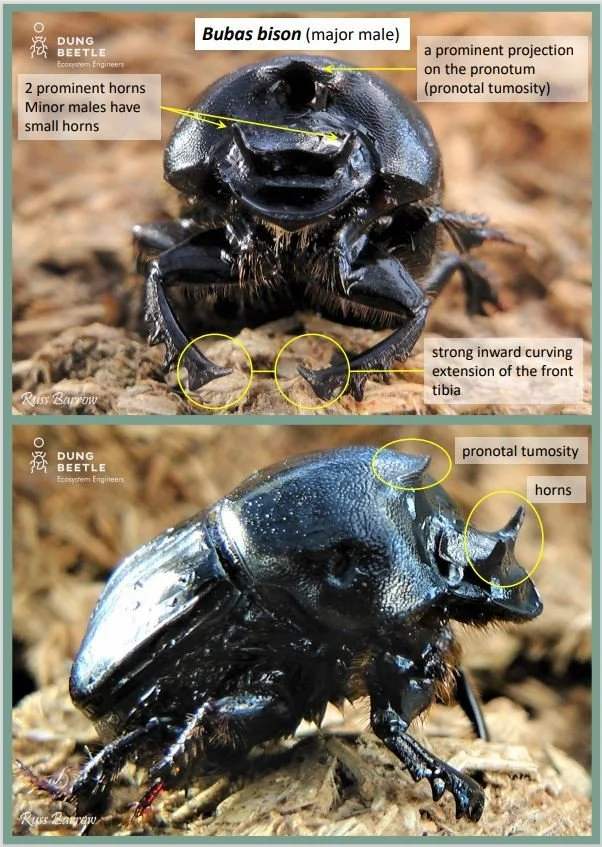DUNG BEETLES
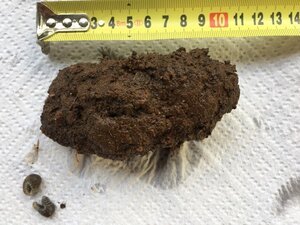
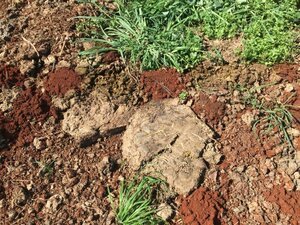
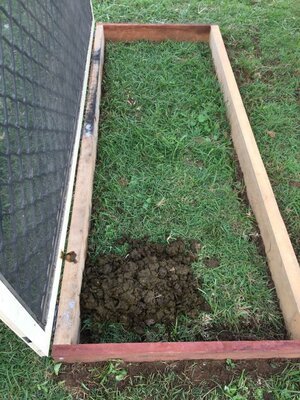
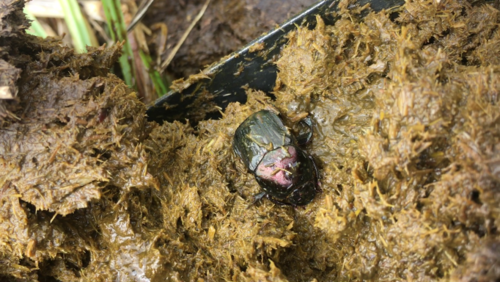
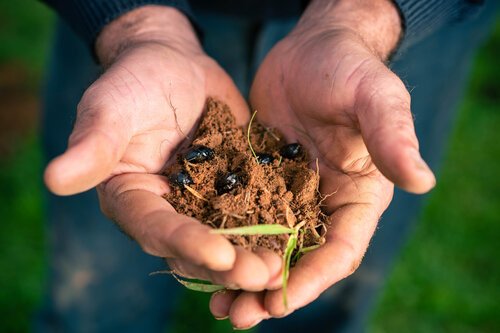
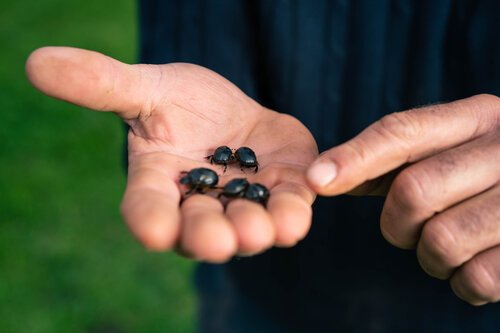


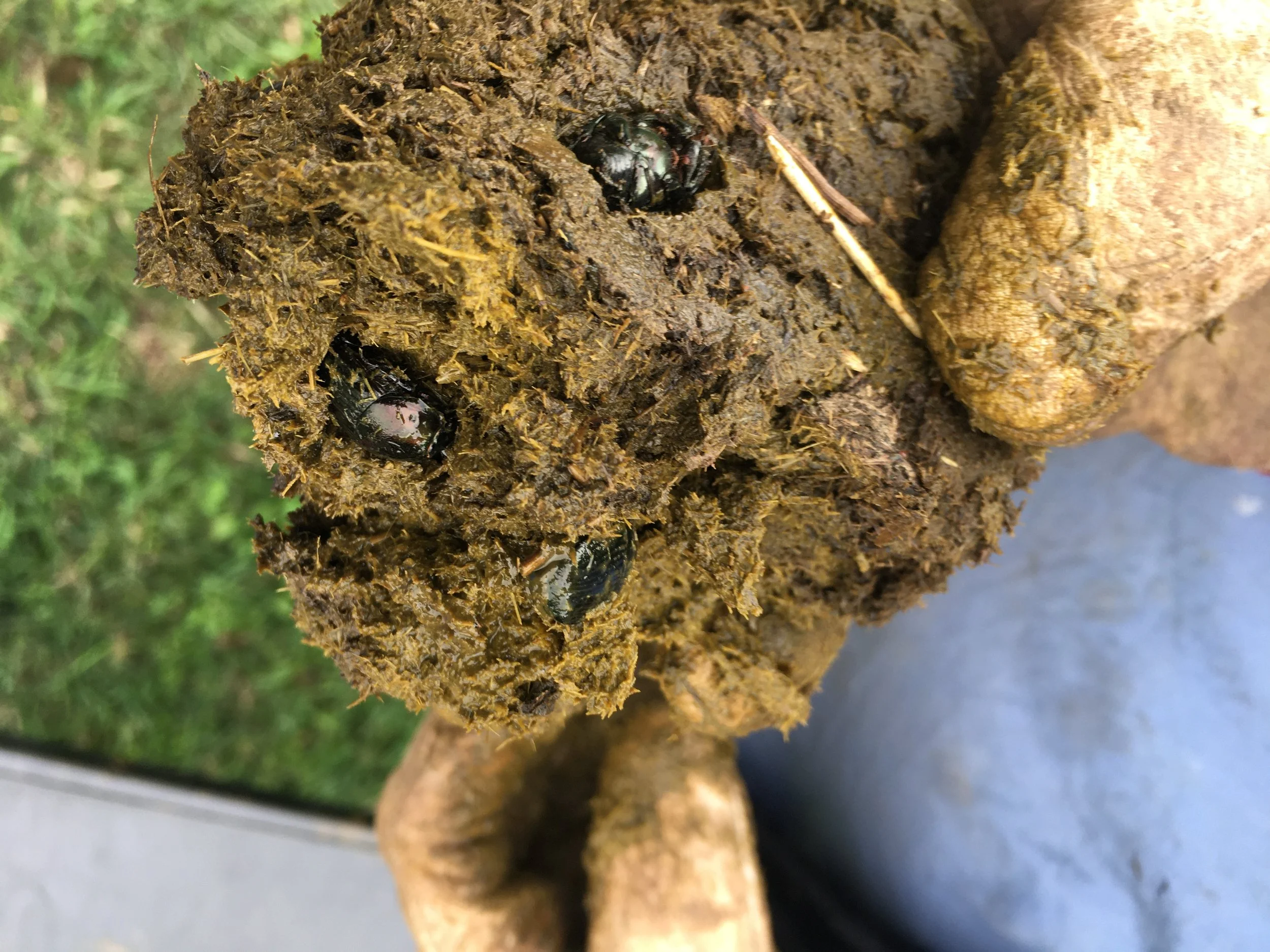



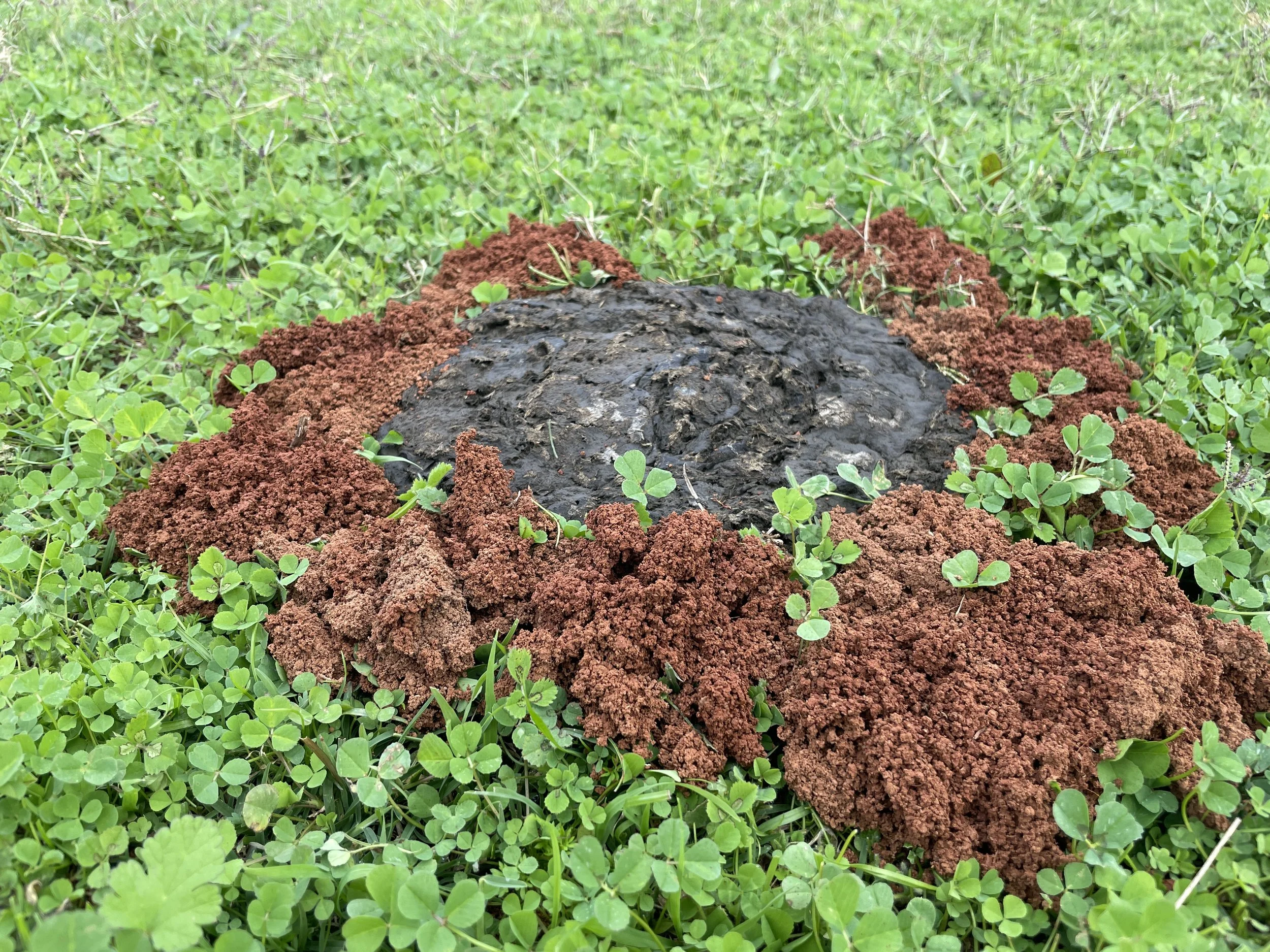
Right click to save image or open in a new tab
Right click to save image or open in a new tab
Australia has more than 500 species of native dung beetles and about 50 species introduced from Hawaii, Africa and southern Europe.
The introduced dung beetles are very useful where they are well established, burying large volumes of cattle, sheep and horse dung, and provide many benefits for soil, water and pasture, as well as biological control of the bush fly. Introduced dung beetles bury dung at depths from 10cm to over 50cm, and recirculate subsoil to the surface in the process.
Most native dung beetle species eat marsupial dung (from kangaroos and wallabies) and with a couple of exceptions, they don’t process the moist dung of domestic farm animals very well.
Useful resources for dung beetle information include https://www.dungbeetles.com.au/ , the dung beetle study group https://www.facebook.com/groups/657757274407245 and http://www.dungbeetlesolutions.com.au/
BENEFITS OF DUNG BEETLES
LIVESTOCK BENEFITS - NATURAL CONTROL FOR LIVESTOCK PARASITES
Dung beetles can be used by livestock producers to help control parasites in their animals.
When livestock are infected with parasites, their dung will be full of worm eggs. Those eggs hatch into larvae which feed on pasture plants that livestock consume and become infected.
Dung beetles can help stop this cycle. They do this by eating the worm infected dung, killing the worm eggs in the process.
Livestock benefits | Dung Beetle Ecosystem Engineers (dungbeetles.com.au)
ENVIRONMENTAL BENEFITS
Dung beetles bury livestock dung, by doing this they improve soil, reduce livestock parasites, sequester carbon and reduce emissions, improve pastures and reduce bushfly populations.
ECONOMIC BENEFITS
Dung beetles improve pasture soils by burying dung, this improves the flow of water, nutrients and carbon in the root zones of the pasture, which in turn leads to better pasture productivity.
Another benefit of the dung beetles’ natural inclination to burying dung is that it prevents the build of flies and parasites which lead to improvements in animal health, productivity and lifestyle conditions for graziers and surrounding communities.
MONITORING OF DUNG BEETLES IN THE ROSEBERRY CREEK AREA 2020/21
As part of a soils and landscape project funded by the National Landcare Program, BRRVLN has been monitoring the species of dung beetle found north of Kyogle, 10 species were recorded in 2020/21 – all summer active species.
For more information on how to identify the species of dung beetle listed above please see the identification guides (courtesy of the “Dung Beetle - Ecosystem Engineers” project).
SOUTHERN CROSS UNIVERSITY STUDENT STUDY - MONITORING DUNG BEETLES IN THE NORTHERN RIVERS
WOLLONGBAR DUNG BEETLE SURVEY
During the period 1999 to 2015, Wollongbar TAFE maintained a record of the dung beetle species found on the properties of agriculture students. This list provides a useful indication of the species present on the north coast of NSW, and the more numerous species that contribute to the burial of dung.
TRIAL OF WINTER AND SPRING SPECIES OF DUNG BEETLES
Establishing nurseries to breed winter and spring active dung beetles and observe whether they survive and reproduce in the local climate and landscape.


